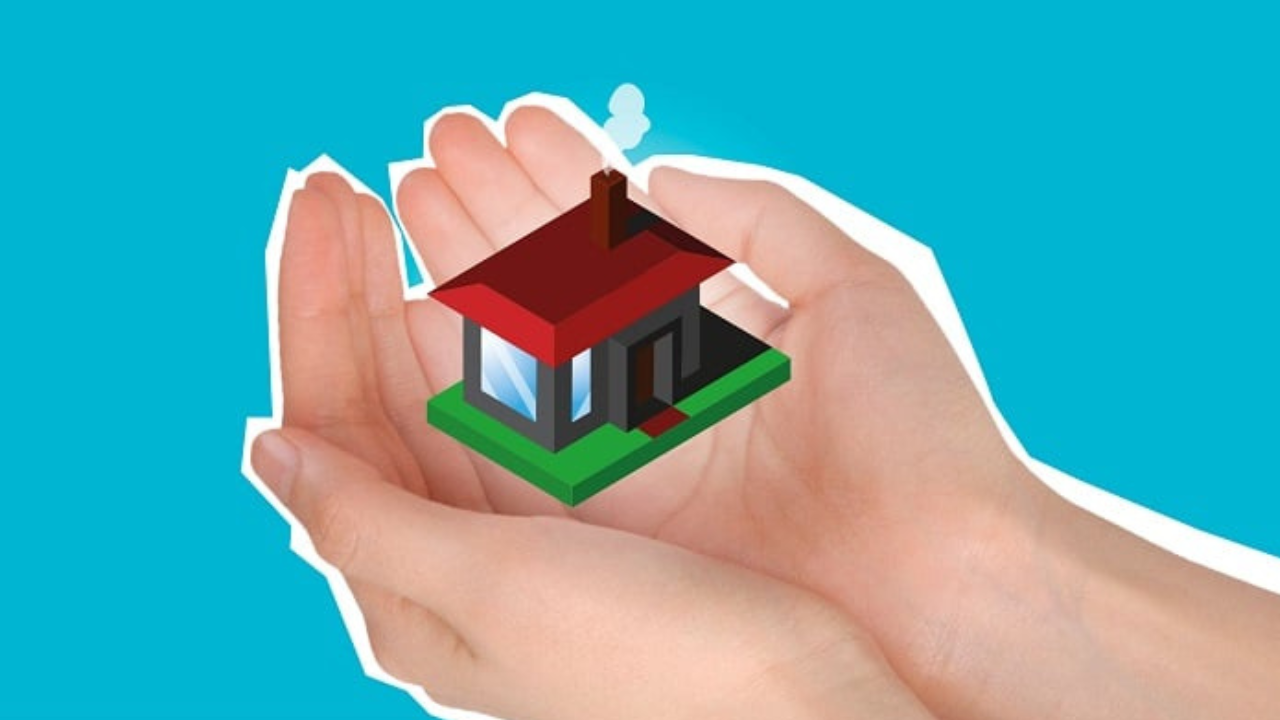Home insurance is a type of property insurance that provides financial protection to homeowners against various risks associated with their property. Its primary purpose is to safeguard the physical structure of the home and its contents against unforeseen events such as theft, fire, vandalism, and natural disasters like storms or earthquakes. Home insurance serves as a critical safety net for homeowners, ensuring that they are financially equipped to recover and rebuild in the event of a loss.
Typically, home insurance includes several key types of coverage. Firstly, dwelling coverage protects the structure of the home itself, including its walls, roof, and any attached systems like plumbing or electrical components. Secondly, personal property coverage extends to the belongings inside the home, such as furniture, electronics, and clothing. This type of coverage is essential for replacing essential items lost or damaged in a covered incident. Additionally, liability coverage is another crucial component, safeguarding homeowners against legal claims arising from injuries or accidents that occur on their property.
Home insurance policies are classified into various forms, identified by their nomenclature—HO-1 to HO-8. The most basic, HO-1, offers limited coverage for perils specifically listed in the policy. Conversely, more comprehensive options, such as HO-3, cover a broader range of risks unless explicitly excluded. Homeowners can choose the policy that best fits their needs based on the scope of coverage, premiums, and deductibles appropriate to their unique circumstances.
Having home insurance is not only an essential protective measure for one’s physical property but also serves as a financial safety net against the unpredictable nature of life’s risks. Without it, homeowners may face significant hardships if disaster strikes, making it an indispensable aspect of responsible homeownership.
Key Components of Home Insurance Policies
Home insurance policies are designed to provide financial protection to homeowners against various risks related to their property. Understanding the different components of these policies is crucial for effective coverage. One of the primary elements is dwelling coverage, which protects the structure of the home itself. This coverage typically includes the physical building and attached structures, such as garages or decks, from risks like fire, vandalism, and severe weather. It is essential to note that while dwelling coverage can cover many events, certain exclusions—like wear and tear or flooding—may apply.
Another important aspect of home insurance is personal property coverage. This component protects the belongings inside your home, such as furniture, electronics, and clothing, in case of theft or damage from covered risks. Homeowners should maintain an inventory of their possessions to ensure adequate coverage. It is important to recognize that, just like dwelling coverage, personal property coverage has limits and may exclude high-value items unless additional riders are purchased.
Liability coverage is a critical component that provides financial protection in the event someone is injured on your property or if you cause damage to someone else’s property. This coverage helps cover legal fees and medical expenses resulting from such incidents. Homeowners should assess their needs, as liability limits can vary significantly from one policy to another.
Additionally, many home insurance policies include coverage for additional living expenses (ALE). This component kicks in when a home becomes uninhabitable due to a covered loss, allowing homeowners to cover temporary living costs, such as hotel stays or rent. Homeowners can also opt for endorsements or riders to customize their policies, providing extra protection for specific items or situations not covered by standard policies.
How to Choose the Right Home Insurance

Selecting the right home insurance policy is a critical step in safeguarding your property and assets. The first factor to consider is assessing your personal needs. Evaluate the value of your home, its contents, and any additional structures such as garages or sheds. This will help you determine the level of coverage required to adequately protect your investments. If you have high-value items, consider a policy that accommodates additional endorsements or riders tailored to your possessions.
Next, understanding coverage limits is essential. Home insurance policies generally cover several hazards, such as theft, fire, and natural disasters. Familiarize yourself with the types of coverage available, including dwelling coverage, personal property coverage, and liability coverage. This will enable you to select a policy that encompasses a wide range of potential risks while aligning with your specific needs. Evaluating deductibles is equally important; a higher deductible typically results in lower premiums but requires a more substantial out-of-pocket expense in case of a claim. Balance your comfort level with these costs while reviewing potential policies.
When comparing quotes from different insurers, it’s vital to gather information from multiple providers. Utilize online resources to review premium rates and coverage specifications. Researching the insurer’s reputation and financial stability cannot be overlooked. A provider with a good history of handling claims effectively offers peace of mind. Engage with agents and brokers by asking specific questions about coverage details, claims processes, and customer service experiences. This direct interaction can help clarify any uncertainties you may have.
In summary, choosing the right home insurance involves a comprehensive evaluation of your personal needs, coverage options, deductibles, and insurer reputation. Utilizing online tools can significantly streamline this process, allowing you to make informed decisions that secure your home and financial wellbeing.
Common Myths About Home Insurance
Home insurance is often surrounded by various myths that can lead to misunderstandings and insufficient coverage. One prevalent misconception is the belief that home insurance covers all types of disasters. In reality, most standard home insurance policies do not cover natural disasters such as floods and earthquakes. Homeowners in areas prone to these events typically need to purchase separate policies to receive adequate protection. According to the National Flood Insurance Program, many individuals discover too late that their homes are vulnerable, emphasizing the importance of understanding the specific coverage limitations associated with one’s policy.
Another common myth is that renters do not need insurance because their landlord’s policy suffices. This notion is misleading. A landlord’s insurance primarily covers the structure of the building and may not include personal possessions or liability protection for tenants. Renters insurance is designed to safeguard personal belongings from theft, damage, and liability claims. The Insurance Information Institute indicates that 97% of renters do not have coverage for their personal property, leaving them at risk financially should an unforeseen event occur.
Furthermore, many believe that the value of a home directly correlates with home insurance costs. However, insurance premiums depend on various factors, including the location, age, and risk factors associated with the property. A more expensive home does not automatically mean higher premiums; factors like local crime rates and natural disaster history can significantly influence costs. Insurance experts recommend that homeowners regularly review and update their policies to ensure they reflect the current value and condition of their homes, in addition to market changes.
By understanding these myths and the realities of home insurance, both homeowners and renters can make informed decisions that protect their assets and financial well-being.
Home Insurance FAQ
What is home insurance?
Home insurance is a type of property insurance that covers losses and damages to an individual’s house and assets in the home. It also provides liability coverage against accidents in the home or on the property.
Why do I need home insurance?
Home insurance protects your home and personal belongings from unexpected events like fires, theft, or natural disasters. It can also cover legal fees if someone is injured on your property.
What does a standard home insurance policy cover?
Most standard policies cover the structure of your home, personal belongings, liability protection, and additional living expenses if your home is uninhabitable due to a covered disaster.
How much home insurance do I need?
You should have enough insurance to rebuild your home if it’s destroyed, replace your belongings, and cover liabilities. It’s wise to review your coverage annually and adjust as needed.
What is not covered by home insurance?
Standard home insurance policies typically do not cover damages from floods, earthquakes, pest infestations, or normal wear and tear. You may need additional policies for full protection.
How can I lower my home insurance premium?
You can lower your premium by bundling policies, increasing your deductible, installing security systems, maintaining good credit, and shopping around for better rates annually.
If you have any questions or concerns about our Article, please reach out to our support team. We’re here to help you!









Very informative and easy to understand! I feel more confident about choosing the right home insurance now.
Hi Jack,
Thank you so much for your kind words! I’m really glad to hear that the article helped you feel more confident about choosing the right home insurance. If you have any questions or need further guidance, feel free to ask!
This guide is super helpful! I didn’t realize there were so many ways to lower my home insurance premiums.